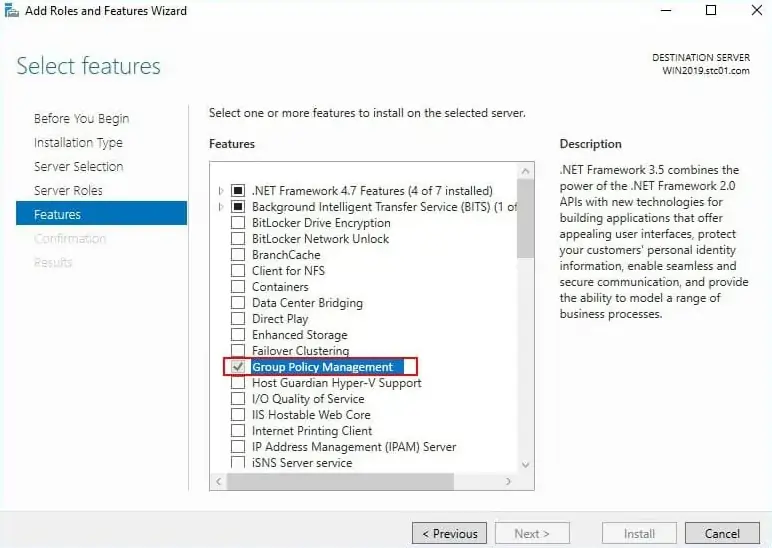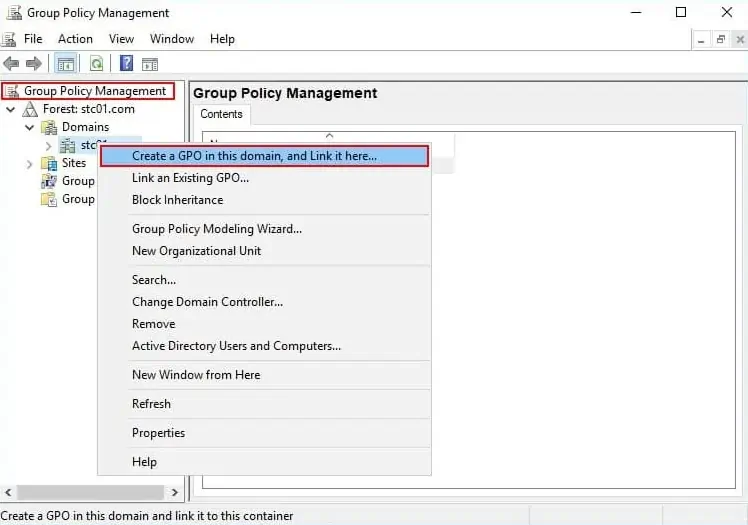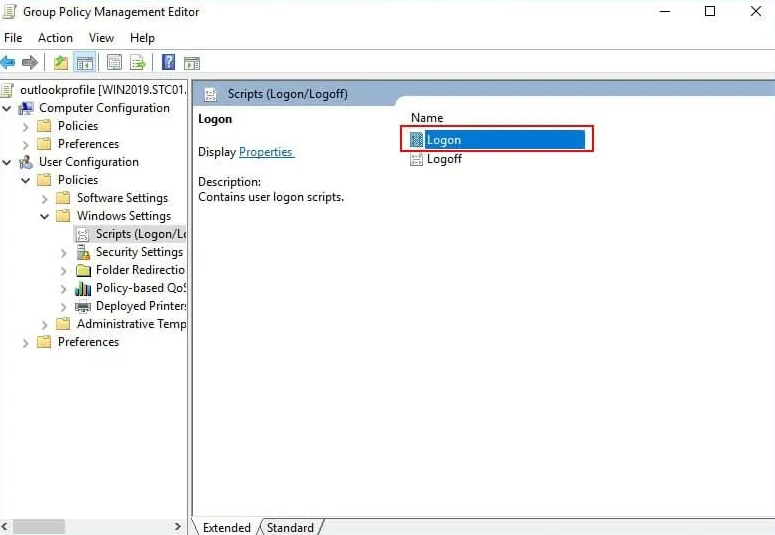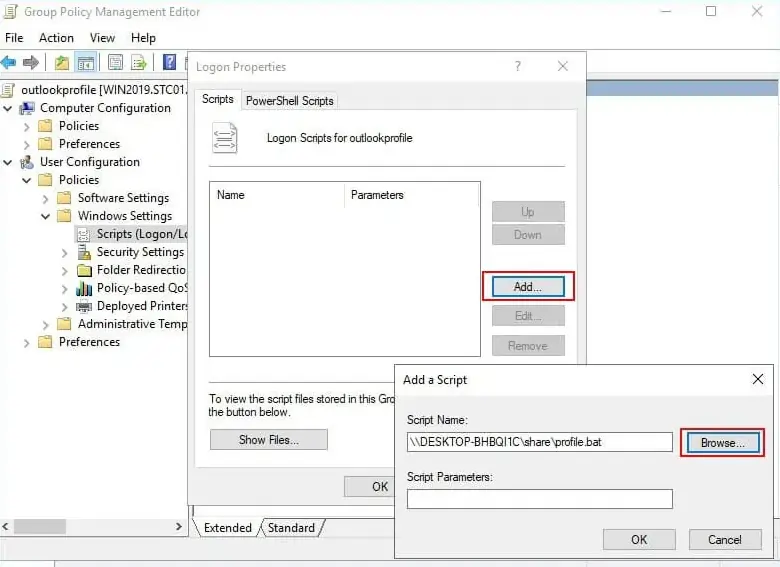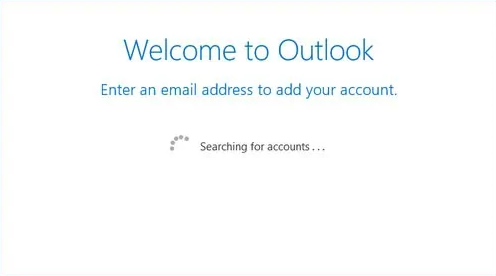- Products Exchange EDB / Email Recovery Tools
- EDB Recovery and MigrationRecover EDB to PST, EDB to Office 365 and Exchange NO Duplicate Migration
- OST Recovery and MigrationRecover OST to PST, OST to Office 365 and Exchange Migration
- PST Recovery and MigrationRecover Outlook PST, PST to Office 365 and Exchange Migration
- MBOX Export and MigrationExport MBOX to PST, MBOX to Office 365 and Exchange Migration
- NSF Export and MigrationExport NSF to PST, NSF to Office 365 and Exchange Migration
- EML to PST ExportEML files export to Outlook PST format
- PST to MSG ExportOutlook PST files export to MSG format
- MSG to PST ExportExport MSG files Outlook PST files
Exchange and Office 365 Migration- Exchange Server MigrationMigrate Exchange 2007, 2010, 2013, 2016, 2019 to Office 365 tenants. Also, migrate between Exchange servers and PST
- Office 365 MigrationMigrate Source Office 365 tenants to Destination Office 365 tenants. Also, migrate to Exchange Server and PST
- IMAP Email Backup & MigrationMigrate all IMAP email servers (Gmail, Zimbra, Zoho, Yahoo etc.), Office 365, Exchange and Backup to Outlook PST
- SharePoint Online MigrationMigrate documents, files and folders from SharePoint sites
- OneDrive for Business MigrationMigrate documents, files and folders from OneDrive
- Microsoft Teams MigrationMigrate Teams, documents, files and folders etc.
Exchange and Office 365 Backup- Office 365 BackupIncremental, Granular, Encrypted and Compressed Office 365 Mailboxes Backup
- Exchange Server BackupIncremental, Granular, Encrypted and Compressed Exchange Mailboxes Backup
- SharePoint, OneDrive & Teams BackupBackup Online site collections, Team sites, Office 365 groups, all documents etc.
- Duplicate Remover - Office 365, Exchange, IMAP & Outlook Remove duplicate emails, calendars, contacts, journal etc. from Office 365, Exchange, IMAP, Outlook, Gmail, Zimbra, Zoho Mail etc.
- More Products
- Features
- FAQ

Office 365 Migration
User Manual
User Manual
- Office 365 Migration Overview
- System Requirements
- Software Setup
- Understanding the Application
- FAQ
- Videos
- Office 365 to Office 365
- Office 365 to Exchange
- Office 365 to IMAP
- Office 365 to PST
- Public Folder to Office 365
- Archive Mailbox to Office 365
- Public Folder to Exchange
- Archive Mailbox to Exchange
- Restore Bulk PST files to Office 365
- Automatically Create Office 365 Mailboxes
- Export Office 365 user to CSV file
- Screenshots
- How it works?
- Office 365 to Office 365
- Office 365 to Exchange
- Office 365 to IMAP
- Office 365 to PST
- Public Folder to Office 365
- Public Folder to Exchange
- Public Folder to Shared Mailbox
- Archive Mailbox to Office 365
- Archive Mailbox to Exchange
- Office 365 to Hosted Exchange
- Multiple PST to Office 365
- Office 365 to Gmail Migration
- Office 365 Shared mailbox to Exchange
- Office 365 Public folders to PST
- Office 365 archive mailbox to PST
- Office 365 Shared mailbox to PST
- Office 365 shared mailbox to Public folder
- Office 365 Archive mailbox to Shared mailbox
- Office 365 Shared mailbox to Archive mailbox
- Connect to source Office 365
- Connect to target Office 365
- Modern Authentication Using OAuth 2.0
- Connect to Exchange server
-
Knowledge Base
- Migrate between Office 365 tenants
- Migrate Office 365 mailbox
- Public folder migration
- Office 365 to Exchange Migration
- Office 365 Migration with same Domain
- Office 365 Group Migration
- Selective Mailbox Migration
- Migration to Exchange 2007, 2010, 2013, 2016 and 2019
- User-Defined Mailbox/Folder Mapping
- Export Office 365 users to CSV
- GoDaddy to Microsoft 365 migration
- Rackspace to Office 365 migration
- Office 365 migration methods
- Office 365 migration checklist
- Migrate Shared mailbox to Office 365
- Office 365 migration best practices
- Office 365 migration challenges
- Convert shared mailbox to regular mailbox
- Office 365 to Exchange 2019 migration
- Office 365 multiple mailbox migration
- Office 365 Server to Server Migration
- Cross-Tenant Office 365 migration
- Office 365 to iCloud migration
- Office 365 to Yahoo Mail migration
- Office 365 to cPanel Migration
- Office 365 to SmarterMail Migration
- Office 365 to IceWarp migration
- Set Office 365 Impersonation rights
- Migration Types
- Set Exchange Server Impersonation rights
- Map the Mailboxes
- Migration Walkthrough
- Multifactor Authentication
Create a new Outlook profile for all users in a domain
An Outlook profile controls how the application connects to mail servers and stores user data like emails, contacts, and calendars. In an organization, creating a new Outlook profile for all users in a domain ensures consistent settings and reduces configuration errors. This method is especially useful during migrations or server upgrades. Instead of setting up Outlook manually on each system, administrators can automate the process using Group Policy. By running a logon or startup script, the required registry entries are added automatically, so every user gets a ready-to-use Outlook profile that follows the company’s standard configuration and improves overall management efficiency.
Creating a batch file script to create a new Outlook profile
1. Open Notepad, copy and paste the code below based on your Outlook version.
Outlook 2010
reg add "HKCU\Software\Microsoft\Windows NT\CurrentVersion\Windows Messaging Subsystem\Profiles\<name>"
reg add "HKCU\Software\Microsoft\Windows NT\CurrentVersion\Windows Messaging Subsystem\Profiles" /v DefaultProfile /t REG_SZ /d "<name>" /F
reg add "HKCU\Software\Microsoft\Exchange\Client\Options" /v PickLogonProfile /t REG_DWORD /d "0" /f
Outlook 2013
reg add HKCU\Software\Microsoft\Office\15.0\Outlook\Profiles\<name>
reg add "HKCU\Software\Microsoft\Office\15.0\Outlook" /v DefaultProfile /t REG_SZ /d "<name>" /F
Outlook 2016
reg add HKCU\Software\Microsoft\Office\16.0\Outlook\Profiles\<name>
reg add "HKCU\Software\Microsoft\Office\16.0\Outlook" /v DefaultProfile /t REG_SZ /d "<name>" /F
2. Save the file as a BAT file.
3. Give permission for the BAT file in the network location accessible for all users.
Create a GPO to Execute a Script at User Logon or Computer Startup
1. Sign in to your Windows Server domain controller (DC).
2. In Server Manager, go to Tools and click on Group Policy Management to open it.
If Group Policy Management is unavailable, you must install it first. In Server Manager, go to Manage → Add Roles and Features and follow the prompts. During the Features step, make sure to select Group Policy Management.
3. In the Group Policy Management console, locate your domain in the left-hand panel, right-click it, and choose Create a GPO in this domain, and Link it here.
4. Type a name for your new GPO and press OK to create it.
5. Navigate to the Group Policy Objects container on the menu, find your newly created GPO, right-click it, and select Edit. The Group Policy Management Editor will open.
6. Go to User Configuration > Policies > Windows Settings > Scripts (Logon/Logoff) and double-click Logon
7. In the Logon Properties window, click Add, then select Browse and choose the BAT file you created in the previous step.
8. Press OK twice to confirm and apply the changes.
You can now exit the Group Policy Management console. The script will run automatically for every user at login, and when Outlook is launched, the Outlook Startup Wizard will appear.
The Autodiscover feature should now connect smoothly to the correct new on-premises Exchange server or Office 365 account without issues.
